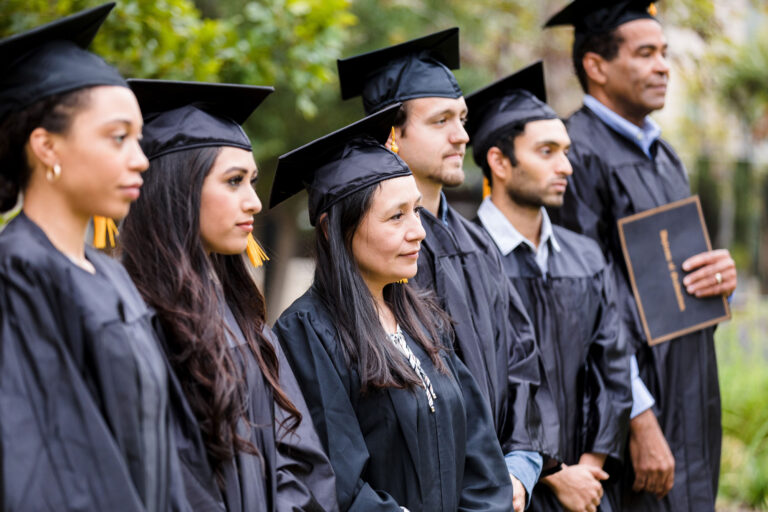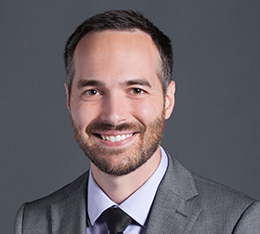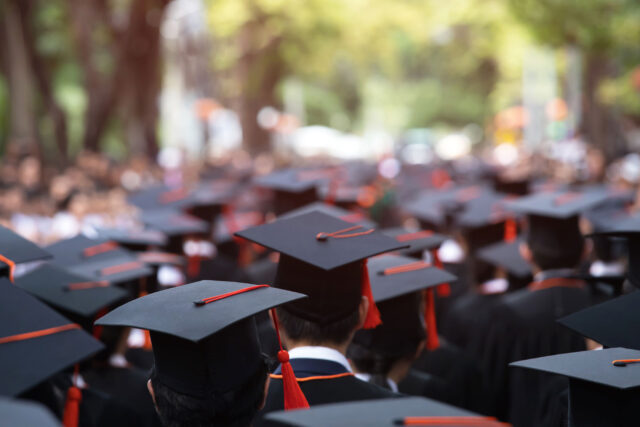For the past two years of the COVID-19 pandemic, the federal government has frozen payments on student loans and reduced interest rates on them to 0%. This long moratorium on payments—coupled with an upcoming policy change that will eliminate default and delinquency statuses—may leave many California borrowers better off than they were before the pandemic, when many struggled to make progress on their loans.
Nationwide, Americans hold roughly $1.6 trillion in federal student loan debt, according to data from the federal government. Over the last decade, the number of Americans who borrow federal student loans has risen 17%—and the amount that they collectively owe has skyrocketed, increasing more than 87%. Although students attending California institutions are less likely to borrow than those in other states, nearly one in every ten borrowers attended one of these institutions and these 3.8 million borrowers hold $142.7 billion of the nation’s federal student loan debt.
Federal student loans are only one component of borrowing for college, as some students use private loans or even credit cards to help cover college costs. However, federal loans make up a substantial portion of overall student debt and many individuals struggled to repay their federal student loans just before the pandemic-related repayment freeze began.
Prior to the pandemic, the amount that undergraduates borrowed varied greatly depending on the type of institution they attended. California borrowers who attended four-year, nonprofit private colleges and four-year, for-profit colleges had the largest federal student loans—an average of about $18,700 and $15,000, respectively. (Since only 2% of California’s community college students take out federal student loans, we do not include them in the figure below.)
Before the pandemic, many borrowers were not making progress on their loans three years after beginning repayment. Notably, only 10% of borrowers from four-year, for-profit institutions in California were making progress on their loans. And 23% of these borrowers were not making progress—although they were making regular payments, their payments were too small to repay their loan in the agreed upon timespan. Borrowers from UCs fared better on average than borrowers from any other institution type; 30% of borrowers from UCs were making progress on repaying their loans.
When borrowers don’t make payments, they can go into delinquency and eventually default. These statuses can adversely affect their credit scores and severely limit their access to mortgages and car loans. Prior to the pandemic, around 17% of California borrowers—or 200,000 people—were in default or delinquency. Borrowers who attended for-profit institutions were much more likely than those who attended nonprofit or public colleges to default on their loans.
In addition to the most recent payment and interest freeze, the federal government’s plan to remove defaults and delinquencies could give borrowers a fresh start and remove any harmful effects on their credit. But it’s not clear if these changes will be enough to help people get back on track and pay off their loans, especially as inflation continues to cause financial hardships for many residents. A recent state workgroup developed recommendations to aid borrowers, including improving data collection on debt, ensuring that borrowers know about their repayment options, and establishing better borrower protections. These recommendations could further help people when—or if—loan repayment starts again.






